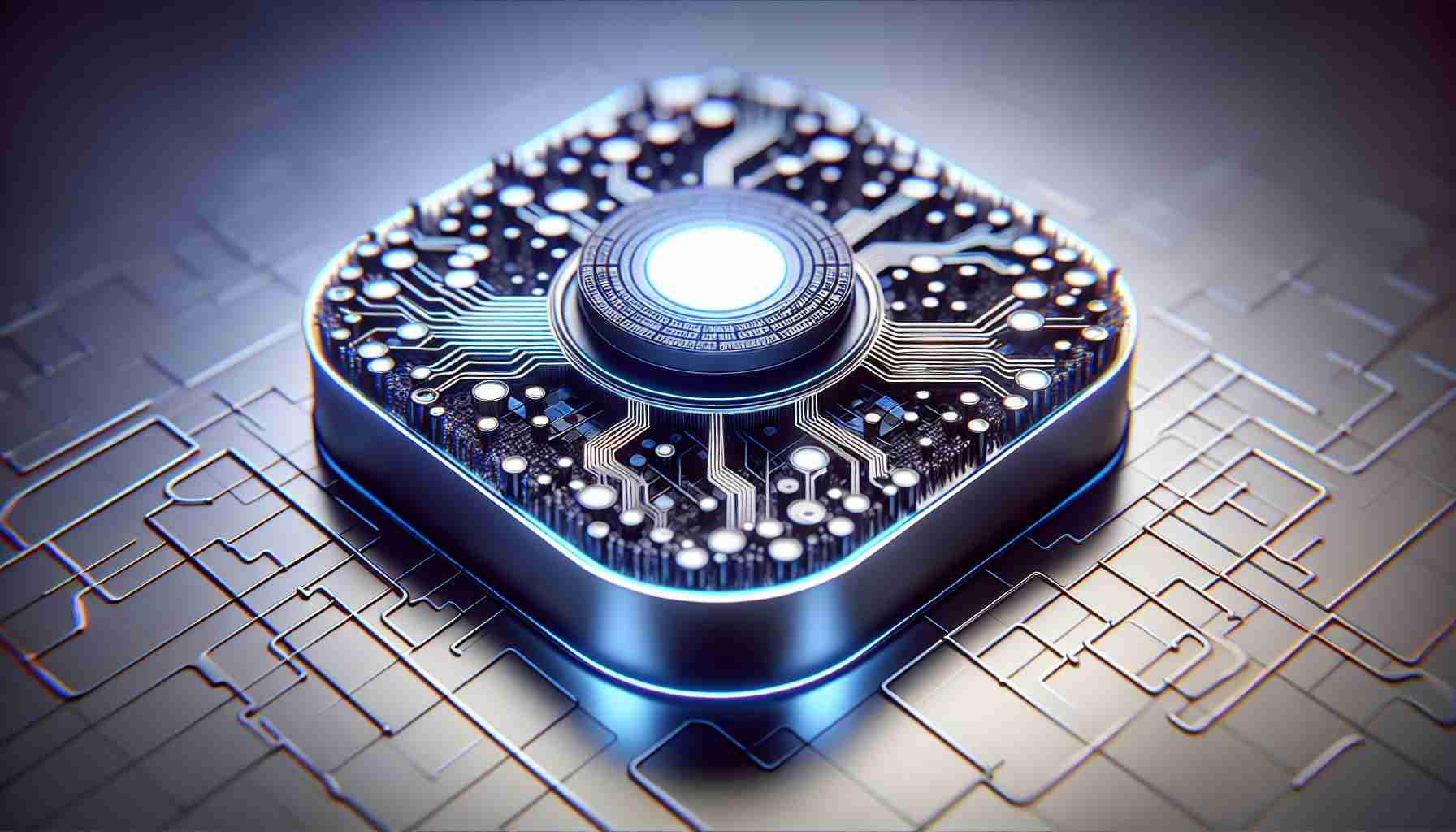NVIDIA has made strides in artificial intelligence with its novel approach known as DoRA, a method designed to enhance fine-tuning procedures for complex AI models without increasing the inference time. This advancement has been recognized for its excellence, being selected for oral presentation at the prestigious ICML 2024 conference.
The structure of DoRA sets it apart from its predecessor Low-Rank Adaptation (LoRA). It operates by decomposing pre-existing weight into its base components, optimizing both magnitude and direction independently. This process allows DoRA to mimic the full fine-tuning approach by making significant directional changes while keeping the magnitude adjustments to a minimum.
When it comes to real-world performance, DoRA shines, especially in tasks that involve natural language understanding and visual cues. For example, in reasoning-oriented benchmarks, DoRA has shown a significant boost in performance when compared to LoRA. Its ability to improve instruction following and multi-turn conversations in large language models is notable.
DoRA’s prowess extends to vision language models as well, exceeding expectations in the comprehension of image-text and video-text pairings. Its strength is also evident in visual instruction tasks, making it an excellent choice for a variety of AI applications.
Additionally, DoRA integrates seamlessly with other optimization frameworks, including QLoRA, which focuses on pretrained models with limited bit precision. Tests have indicated that a DoRA-enhanced version, referred to as QDoRA, outperforms the traditional full fine-tuning approach in several respects.
The implications of NVIDIA’s DoRA are far-reaching, offering potential enhancements to AI applications like NVIDIA’s own Metropolis and NeMo platforms, among others. With a no-compromise approach towards efficiency and performance, DoRA is set to become a new standard in AI model fine-tuning. For those seeking in-depth analysis, NVIDIA’s Technical Blog provides detailed insights into this cutting-edge technology.
Relevant Facts:
– NVIDIA is a leading company in the field of artificial intelligence (AI) and graphics processing units (GPUs), and the development of DoRA builds on their existing strengths in hardware acceleration and software optimization for AI.
– DoRA is part of a broader trend of research and development focusing on improving the efficiency of AI model training and fine-tuning while preserving, or even enhancing, model accuracy.
– The use of DoRA can potentially lead to energy savings and a reduced carbon footprint associated with AI training and inference, given that it does not increase inference time and may require less computational resources for fine-tuning.
– DoRA’s progress reflects the ongoing challenge in AI to optimize models that are growing increasingly complex, balancing the trade-offs between model size, accuracy, training time, and computational costs.
Important Questions and Answers:
– What is DoRA? DoRA is a method developed by NVIDIA aimed at optimizing the fine-tuning of complex AI models, specifically by decomposing pre-existing weights and optimizing magnitude and direction independently.
– How does DoRA compare to full fine-tuning? DoRA mimics the full fine-tuning process by implementing significant directional changes while modestly adjusting magnitudes, thereby achieving similar or improved performance without increasing inference time.
Key Challenges or Controversies:
– Complexity vs. Performance: The challenge of improving AI models often involves a trade-off between the computational complexity of the model and its performance. Researchers must find ways to increase efficiency without compromising results.
– Accessibility: Advanced AI fine-tuning techniques such as DoRA might raise the bar for the technical capabilities required to work with AI, potentially impacting the accessibility of high-level AI model improvements for smaller organizations or researchers.
Advantages and Disadvantages of DoRA:
Advantages:
1. Enhanced Performance: DoRA can improve AI models’ ability to follow instructions and handle multi-turn conversations, essential for natural language processing tasks.
2. Better Integration: DoRA is compatible with other optimization frameworks, which could streamline the process of enhancing different AI applications.
3. No Increase in Inference Time: It maintains the same inference time, making it an efficient choice for real-world deployment where latency is crucial.
Disposables:
1. Complexity: The implementation of DoRA could be more complex than traditional fine-tuning methods, potentially making it more challenging for less experienced practitioners to adopt.
2. Lack of Generalizability: While DoRA has shown significant improvements in the tasks mentioned, there may be domains or scenarios where its benefits are not as pronounced.
For more detailed insights into AI model improvement and enhancements, visit NVIDIA’s official site at NVIDIA.


